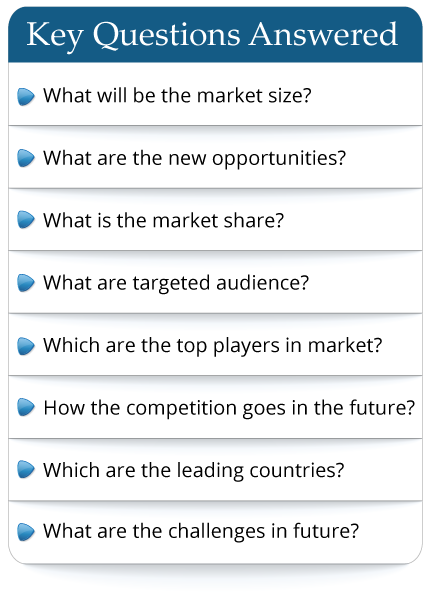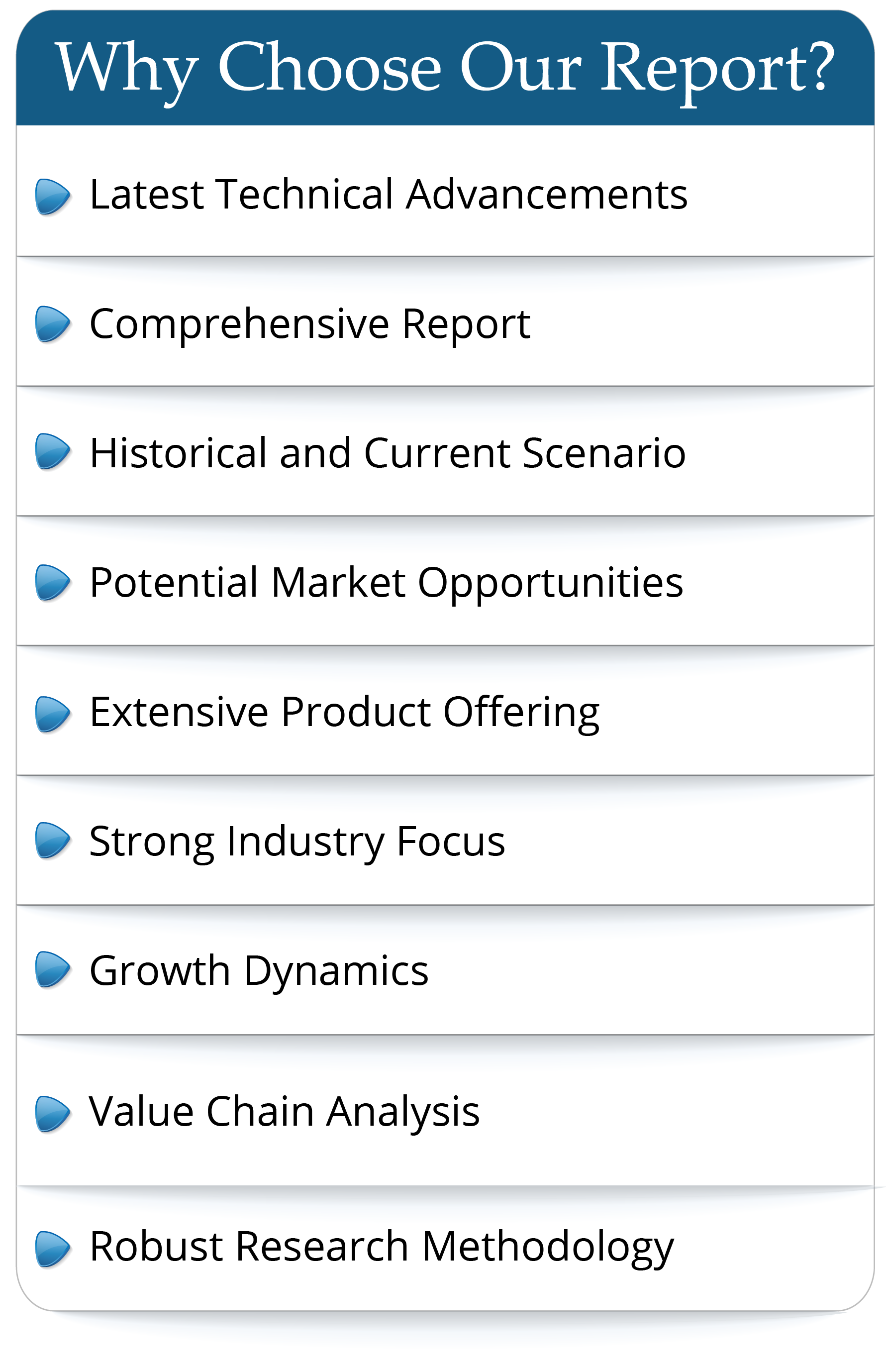Wafer bonding equipment refers to the tools and machinery used in the process of wafer bonding in semiconductor manufacturing. Wafer bonding is a key step in the fabrication of advanced semiconductor devices and microelectromechanical systems (MEMS). This process involves joining two semiconductor wafers or substrates to create a single, integrated structure.
The wafer bonding equipment facilitates the precise alignment, cleaning, and bonding of two separate wafers or substrates.
Wafer bonding equipment typically includes precision alignment tools, bonding chambers, and heating elements to facilitate the bonding process. The equipment needs to maintain high levels of cleanliness and control over environmental conditions to ensure successful and reliable bonding. The choice of bonding technique and equipment depends on the specific requirements of the semiconductor or MEMS application.
Wafer bonding is crucial for creating complex structures, improving device performance, and integrating different materials on a single chip. It is widely used in the production of advanced semiconductor devices, sensors, and other micro-scale components.
The global Wafer Bonding Equipment market was valued at US$ 262 million in 2023 and is anticipated to reach US$ 488 million by 2030, witnessing a CAGR of 7.5% during the forecast period 2024-2030.
The core manufacturers of global Wafer Bonding Equipment include EV Group, SUSS MicroTec and Tokyo Electron. The top three companies hold about 76 percent of the market. Asia Pacific is the world's largest Wafer Bonding Equipment market with a market share of about 58%, followed by Europe and North America with a market share of 23% and 14%, respectively. In terms of product type, Fully Automatic is the largest segment with approximately 81% market share. In terms of application, MEMS is the largest downstream segment, accounting for about 34% of the market.
Report Scope
This report aims to provide a comprehensive presentation of the global market for Wafer Bonding Equipment, with both quantitative and qualitative analysis, to help readers develop business/growth strategies, assess the market competitive situation, analyze their position in the current marketplace, and make informed business decisions regarding Wafer Bonding Equipment.
The Wafer Bonding Equipment market size, estimations, and forecasts are provided in terms of output/shipments (Units) and revenue ($ millions), considering 2023 as the base year, with history and forecast data for the period from 2019 to 2030. This report segments the global Wafer Bonding Equipment market comprehensively. Regional market sizes, concerning products by Type, by Application, and by players, are also provided.
For a more in-depth understanding of the market, the report provides profiles of the competitive landscape, key competitors, and their respective market ranks. The report also discusses technological trends and new product developments.
The report will help the Wafer Bonding Equipment manufacturers, new entrants, and industry chain related companies in this market with information on the revenues, production, and average price for the overall market and the sub-segments across the different segments, by company, by Type, by Application, and by regions.
Market Segmentation
By Company
EV Group
SUSS MicroTec
Tokyo Electron
Applied Microengineering
Nidec Machinetool
Ayumi Industry
Shanghai Micro Electronics
U-Precision Tech
Hutem
Canon
Bondtech
TAZMO
Aimechatec
by Type
Fully Automatic
Semi Automatic
by Application
MEMS
Advanced Packaging
CIS
Others
Production by Region
South Korea
Europe
China
Japan
Consumption by Region
North America
U.S.
Canada
Asia-Pacific
China
Japan
South Korea
China Taiwan
Southeast Asia
India
Europe
Germany
France
U.K.
Italy
Russia
Rest of Europe
Latin America, Middle East & Africa
Mexico
Brazil
Turkey
GCC Countries
Chapter Outline
Chapter 1: Introduces the report scope of the report, executive summary of different market segments (by region, by Type, by Application, etc), including the market size of each market segment, future development potential, and so on. It offers a high-level view of the current state of the market and its likely evolution in the short to mid-term, and long term.
Chapter 2: Detailed analysis of Wafer Bonding Equipment manufacturers competitive landscape, price, production and value market share, latest development plan, merger, and acquisition information, etc.
Chapter 3: Production/output, value of Wafer Bonding Equipment by region/country. It provides a quantitative analysis of the market size and development potential of each region in the next six years.
Chapter 4: Consumption of Wafer Bonding Equipment in regional level and country level. It provides a quantitative analysis of the market size and development potential of each region and its main countries and introduces the market development, future development prospects, market space, and production of each country in the world.
Chapter 5: Provides the analysis of various market segments by Type, covering the market size and development potential of each market segment, to help readers find the blue ocean market in different market segments.
Chapter 6: Provides the analysis of various market segments by Application, covering the market size and development potential of each market segment, to help readers find the blue ocean market in different downstream markets.
Chapter 7: Provides profiles of key players, introducing the basic situation of the main companies in the market in detail, including product production/output, value, price, gross margin, product introduction, recent development, etc.
Chapter 8: Analysis of industrial chain, including the upstream and downstream of the industry.
Chapter 9: Introduces the market dynamics, latest developments of the market, the driving factors and restrictive factors of the market, the challenges and risks faced by manufacturers in the industry, and the analysis of relevant policies in the industry.
Chapter 10: The main points and conclusions of the report.
The wafer bonding equipment facilitates the precise alignment, cleaning, and bonding of two separate wafers or substrates.
Wafer bonding equipment typically includes precision alignment tools, bonding chambers, and heating elements to facilitate the bonding process. The equipment needs to maintain high levels of cleanliness and control over environmental conditions to ensure successful and reliable bonding. The choice of bonding technique and equipment depends on the specific requirements of the semiconductor or MEMS application.
Wafer bonding is crucial for creating complex structures, improving device performance, and integrating different materials on a single chip. It is widely used in the production of advanced semiconductor devices, sensors, and other micro-scale components.
The global Wafer Bonding Equipment market was valued at US$ 262 million in 2023 and is anticipated to reach US$ 488 million by 2030, witnessing a CAGR of 7.5% during the forecast period 2024-2030.
The core manufacturers of global Wafer Bonding Equipment include EV Group, SUSS MicroTec and Tokyo Electron. The top three companies hold about 76 percent of the market. Asia Pacific is the world's largest Wafer Bonding Equipment market with a market share of about 58%, followed by Europe and North America with a market share of 23% and 14%, respectively. In terms of product type, Fully Automatic is the largest segment with approximately 81% market share. In terms of application, MEMS is the largest downstream segment, accounting for about 34% of the market.
Report Scope
This report aims to provide a comprehensive presentation of the global market for Wafer Bonding Equipment, with both quantitative and qualitative analysis, to help readers develop business/growth strategies, assess the market competitive situation, analyze their position in the current marketplace, and make informed business decisions regarding Wafer Bonding Equipment.
The Wafer Bonding Equipment market size, estimations, and forecasts are provided in terms of output/shipments (Units) and revenue ($ millions), considering 2023 as the base year, with history and forecast data for the period from 2019 to 2030. This report segments the global Wafer Bonding Equipment market comprehensively. Regional market sizes, concerning products by Type, by Application, and by players, are also provided.
For a more in-depth understanding of the market, the report provides profiles of the competitive landscape, key competitors, and their respective market ranks. The report also discusses technological trends and new product developments.
The report will help the Wafer Bonding Equipment manufacturers, new entrants, and industry chain related companies in this market with information on the revenues, production, and average price for the overall market and the sub-segments across the different segments, by company, by Type, by Application, and by regions.
Market Segmentation
By Company
EV Group
SUSS MicroTec
Tokyo Electron
Applied Microengineering
Nidec Machinetool
Ayumi Industry
Shanghai Micro Electronics
U-Precision Tech
Hutem
Canon
Bondtech
TAZMO
Aimechatec
by Type
Fully Automatic
Semi Automatic
by Application
MEMS
Advanced Packaging
CIS
Others
Production by Region
South Korea
Europe
China
Japan
Consumption by Region
North America
U.S.
Canada
Asia-Pacific
China
Japan
South Korea
China Taiwan
Southeast Asia
India
Europe
Germany
France
U.K.
Italy
Russia
Rest of Europe
Latin America, Middle East & Africa
Mexico
Brazil
Turkey
GCC Countries
Chapter Outline
Chapter 1: Introduces the report scope of the report, executive summary of different market segments (by region, by Type, by Application, etc), including the market size of each market segment, future development potential, and so on. It offers a high-level view of the current state of the market and its likely evolution in the short to mid-term, and long term.
Chapter 2: Detailed analysis of Wafer Bonding Equipment manufacturers competitive landscape, price, production and value market share, latest development plan, merger, and acquisition information, etc.
Chapter 3: Production/output, value of Wafer Bonding Equipment by region/country. It provides a quantitative analysis of the market size and development potential of each region in the next six years.
Chapter 4: Consumption of Wafer Bonding Equipment in regional level and country level. It provides a quantitative analysis of the market size and development potential of each region and its main countries and introduces the market development, future development prospects, market space, and production of each country in the world.
Chapter 5: Provides the analysis of various market segments by Type, covering the market size and development potential of each market segment, to help readers find the blue ocean market in different market segments.
Chapter 6: Provides the analysis of various market segments by Application, covering the market size and development potential of each market segment, to help readers find the blue ocean market in different downstream markets.
Chapter 7: Provides profiles of key players, introducing the basic situation of the main companies in the market in detail, including product production/output, value, price, gross margin, product introduction, recent development, etc.
Chapter 8: Analysis of industrial chain, including the upstream and downstream of the industry.
Chapter 9: Introduces the market dynamics, latest developments of the market, the driving factors and restrictive factors of the market, the challenges and risks faced by manufacturers in the industry, and the analysis of relevant policies in the industry.
Chapter 10: The main points and conclusions of the report.
Frequently Asked Questions
This market study covers the global and regional market with an
in-depth analysis of the
overall growth prospects...
- By product type
- By End User/Applications
- By Technology
- By Region
The report provides a detailed evaluation of the market by
highlighting information on
different aspects including drivers, restraints...

 Pre-order Enquiry
Pre-order Enquiry Download Free Sample
Download Free Sample












